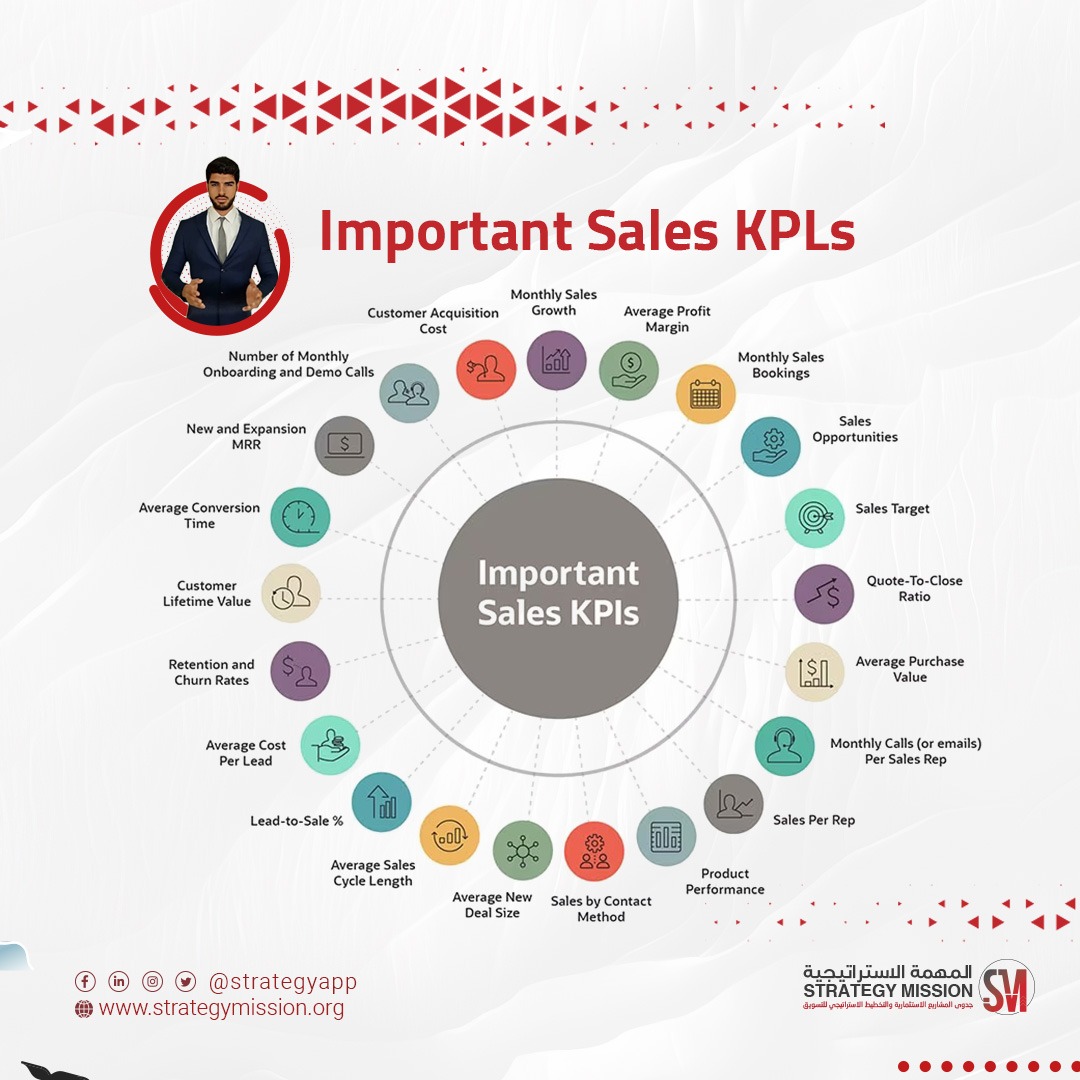Structuring the system and policy of commissions and incentives for sales management
Structuring the system and policy of commissions and incentives for sales management and its work team. We will continue to discuss the following points, Inshallah:
– Some types of commission structure with some examples.
– How can commission be linked to KPIs according to ISO 9001 requirements? What are the most important measurable objectives to pursue in the sales section?
– When can the target of sales be increased and upgraded?
https://strategymission.org/request-services-ar/
Follow up No. 5: Graded commission structure.
How it works: The tiered model is a sales commission structure common among professional salespeople – especially those with high performance and/or high motivation. In short, salespeople earn higher commission rates after closing a certain number of trades, or exceed Target’s total target revenue.
Example: The sales representative earns 5% on all products sold up to SAR 100,000 from total revenue generated. Under the tiered model, the same salesperson will start earning 8% of all revenue generated after exceeding the SAR 100,000 mark.
When to use: This sales commission structure is great if you’re looking to expand your sales section as it stimulates peak performance and encourages delegates to explore new revenue channels.
No. 6: Structuring incentives for long-term or periodic contracts.
How it works: The continuous commission structure continues to pay transaction payments to salespeople as long as the accounts they acquire continue to increase revenue. For this reason, representatives have to keep their clients as long as possible.
Example: The customer agrees to pay your company SAR 20,000 per month for your services. The sales representative who finished the transaction will receive a 5% commission, which translates to SAR 1,000 per month, as long as the account is still active.
When to use: This sales commission structure works best with organizations with current accounts, such as insurance providers, marketing agencies, etc.
No. 7: Proportional or double commission plan.
How it works: It may be difficult to set up relative or multiplier commission structures, but it allows companies to create customized compensation plans that really motivate the sales department to make more sales even if the delegate can’t fully achieve the target.
Multiplier plans begin with a base revenue commission ratio that is multiplied by a predetermined number depending on the completion of the delegate’s share.
Example: The delegate makes a 5% base commission on his specific Target periodically. This 5% figure is then multiplied by 80% if the service rep reaches less than 75% of Target (resulting in a 4% commission), 90% if the rep gets 76-85% of the quota (4.5% commission), and 1 if the rep gets 86% of the quota or more (5% commission).
When to use: This structure works best with managers who want to measure a delegate’s performance against several key performance indicators, product offerings, sales, etc.





No comment